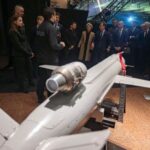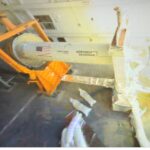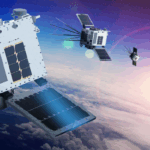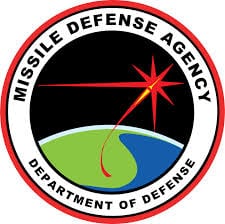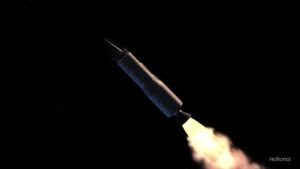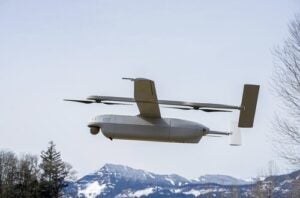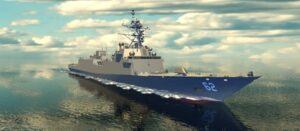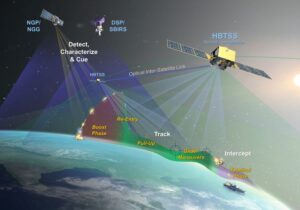
U.S. Space Force's Space Systems Command (SSC) said on Apr. 11 that SSC's Space Safari program office, the Pentagon's Defense Innovation Unit, and the Space Force's SpaceWERX innovation arm have awarded contracts worth $32 million to Colorado-based Rocket Lab [RKLB] and $30 million to Colorado's True Anomaly for the VICTUS HAZE Tactically Responsive Space (TacRS) mission to show how the United States could use rendezvous and proximity operations to counter "irresponsible" adversary behavior on orbit. Space Force has said that…


